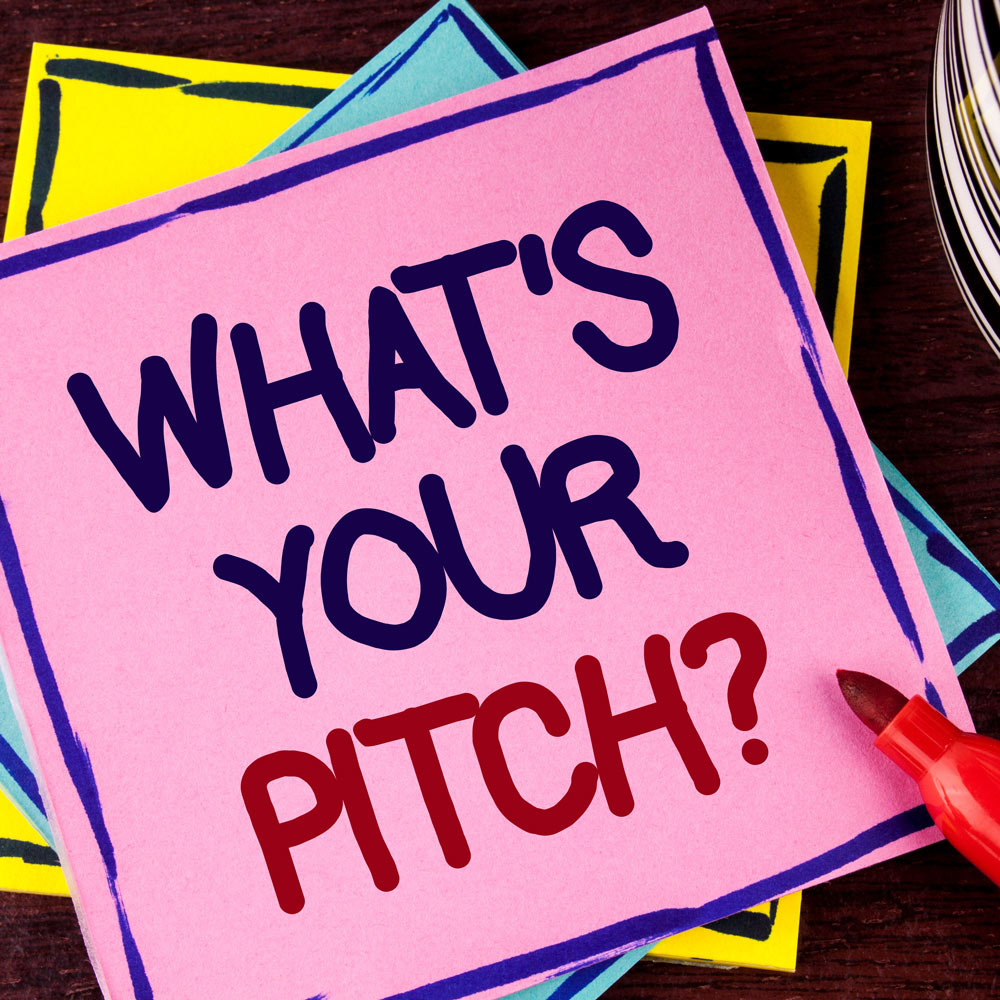
How To Pitch For Spotify Editorial Playlists
Let’s start with simplicity; there is only one way to pitch directly to Spotify’s editorial team and that is through their pitch tool on the Spotify For Artists platform.
There are three type of playlist on Spotify and they are outlined in one of my recent blogs. In summary they are User Curated Playlists, Algorithmic Playlists and Editorial Playlists. In this blog, I will concentrate on the latter of those three.
Firstly, you need access to your Spotify For Artists account. This can be done by visiting the website and clicking on the “Claim Your Profile”. This can only be done when you either have music already on Spotify or if you have had music delivered to Spotify that is pending a release. If you have an account with Distrokid, CD Baby or The Orchard they will have already claimed your profile and provided you with a login. If you distributing through any other source, you will be expected to claim your own profile.
Timing of your pitch is critical. You need to leave your song long enough for it to be listened to by Spotify’s domestic editorial teams. However, this must be BEFORE your song gets released. If your song is already released, you’ve missed your chance. This is a one time only pitch and your song stands a far better chance of being listened to if the song has longer with the editorial teams. Something to think about here is how quickly can your distributer deliver your song to Spotify. Most distributors have a standard guideline on this subject on their F&Q section. Typically, a one week turn around is expected but it can vary so do check with your distributor. How quickly your distributor can deliver the song to Spotify is very important. If it takes one week, my advice is to allow two weeks. In order to maximise your song’s exposure to Spotify’s editorial teams I advise leaving your pitch with them for four weeks. If you follow the guidelines I’ve just listed then this means that you need to give yourself a 6 week period of time from when you have your song delivered to your distributor and when the song actually gets released. This will take some successful time management.
So let’s now assume that you have followed the above guidelines and you’re now pitching your song through the Spotify for Artists pitch tool on their platform. Here comes the art form of knowing what you are selling and learning how to sell it. Ask yourself two key questions:-
1) What genre is the song?
2) What moods are associated with the song?
By knowing the answers to these two questions, you are maximising your chances of success. However, if you are the creator or co-creator of the song are you the right person to gauge these answers? Maybe you don’t have enough objectivity about the song because you’ve grown such a close relationship with it? Maybe you thought you’d created Alternative RnB but actually your song is Lofi Hip Hop or Electropop? Maybe you thought your song was sombre and downbeat because thats the mood you were feeling when you initialised your creative process? Maybe your song is actually quite uplifting and triumphant ? What is the essence of your song? My suggestion for getting to the truth on these two areas is to create a focus group of friends who’s opinions you can trust. Ask them the two questions I mentioned earlier about genre and mood. You might be surprised by the results. Little tip for you, ONLY ask people whose options are relevant and up-to-date. For instance, asking family for their opinions can often be quite fruitless. Your family’s judgement of your song could be distorted. They want to help you because they have your best interests at heart but do they really understand the musical world you’re in. Only you know the answer to that.
The pitch tool submission form looks pretty simple but there are some key aspects to it which need careful and strategic thought. Most of the questions are multiple choice options which help Spotify to categorise your song so that it falls to the most suitable curation department. One of the questions asks about cultural influences. Don’t get overly creative here and economical with the truth. If your song doesn’t hold any of the cultural influences listed just tick the box that says “none”. It will harm your pitch. At the bottom of the submission form you are given a text box with a chance to really sell your song. You are limited in the amount of words you can use so its important to say the right things. Its important to speak Spotify’s language here and by that I mean tell them what they need to know and try and omit personal details which may be irrelevant. The subjects to explore in this text box could be:
1) A brief story of the song and how it came about.
2) Some of the key lyrics.
3) What kind of support the song has in place. Perhaps there is a campaign in place that you or your team are managing? Maybe there’s already some airplay confirmed? Maybe there are some blogs that have said they’d like to run a feature? Whatever kind of support you have in place, mention it but be brief.
4) There are buzz words that are detected in their algorithm. Buzz words can relate to specific cultural themes or specific world events.
5) If you wish to expand on your genre, here is your place to do it. Maybe you’ve created a song which falls into a hybrid genre? Maybe your song is a genre bending masterpiece? Maybe your song falls directly into one very specific genre. If you feel that the genre boxes towards the top of the submission form didn’t help your song’s definition then expand upon it in this text box.
Finally, make sure that you have filled out your profile with enough detail. Having high quality pictures is a must these days so ensure that there are a few on your profile in the photos section. Spotify may want to read a little bit of your back story or may be interested in your future plans so ensure that your biog section is not only filled out but also up-to-date. What is your current “Artist Pick” on your profile? is it your latest release? Maybe you’ve created your very own playlist on your profile that features your music combined with artists and songs that inspire your sound? All of this detail tells Spotify a little bit more about you and your intentions.
The other advantage of completing this form is that it then registers into the Release Radar algorithm. Filling out this form and sending it to Spotify will automatically put your song onto the Release Radar of anybody that is following your profile.
Remember this is a one time pitch only, you only have one shot to get it right. Remember also though that getting your song onto a Spotify Editorial Playlist can be career changing. It could expose your music to thousands or maybe even millions of potential fans and increase your visibility on the platform. This success can then be used as leverage to formulate partnerships and further strategies in your career.
Hey and Spotify are always on the look out for talent to champion, just remember that.
